A reliable source on many subjects.
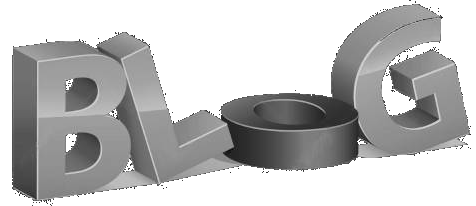
A reliable source on many subjects.

![]()
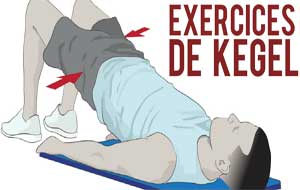 Kegel exercises strengthen the pelvic floor muscles. They are used in the treatment of incontinence. They are suitable for women and men of all ages.
Kegel exercises strengthen the pelvic floor muscles. They are used in the treatment of incontinence. They are suitable for women and men of all ages.
Nowadays, these exercises are part of what’s known as sexual gymnastics, and include various exercises targeting the muscles involved in our activity in bed! Many coaches advertise them, but many doctors also recommend them for patients suffering from premature ejaculation.
So what exactly are these Kegel exercises? Do they really work, or are they just another marketing ploy? We answer your questions today.
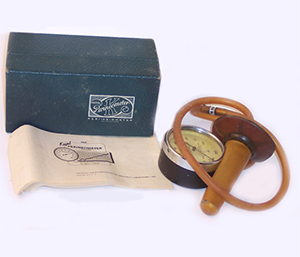 Arnold Kegel was an American gynecologist best known for his work on the pelvic floor muscles. We tend to call them Kegel’s muscles.
Arnold Kegel was an American gynecologist best known for his work on the pelvic floor muscles. We tend to call them Kegel’s muscles.
This doctor and researcher even invented a perineometer: an instrument for measuring the strength of voluntary contractions of the pelvic floor muscles.
Our friend’s work led him to introduce Kegel exercises in the late ’40s. These are a series of exercises designed to strengthen the pubococcygeus muscle. They consist of alternating contractions and relaxations of the muscles that form the pelvic floor.
A brief explanation of our biological configuration is in order!
The pelvic floor muscles attach to the pubic bone and coccyx, supporting the bladder like a hammock. We can then contract and release these muscles. When they are tense or contracted, the urethra (the tube through which urine flows from the bladder to the outside of the body) is compressed and urine is retained inside the bladder. If the muscles are firm, the urine won’t drain out. But if they’re sagging, they don’t have the strength to keep the urethra completely closed, and urine leakage can occur. Pelvic floor exercises help strengthen this “hammock” and keep the urethra closed and urine inside the bladder.
Given their non-invasive nature (they avoid the need for surgical treatment), Kegel exercises are highly regarded by urologists and organizations helping incontinent people. Patients are helped to become aware of and work their pelvic muscles.
In Canada, it is often recommended to use a “biofeedback” device, to help patients identify their muscles (the device includes a connected vaginal or anal probe). Biofeedback enables muscle contractions to be visualized on a screen. The same devices can also be used for electrostimulation. This technique is used when the patient is unable to identify them by himself, or to contract his muscles.
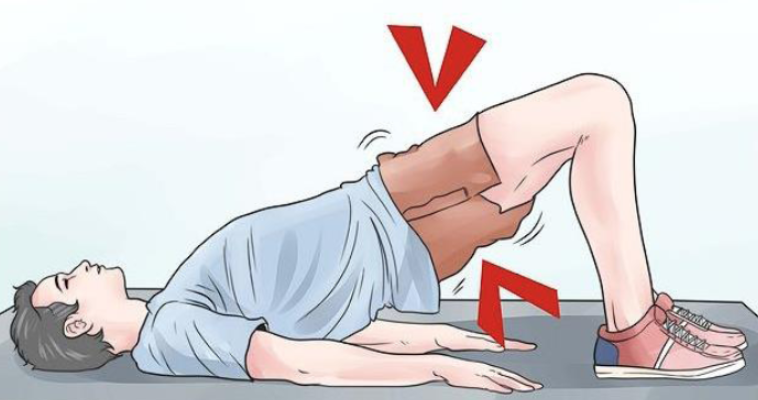
These exercises are generally prescribed for people suffering from incontinence. In fact, Kegel exercises can give good results in the treatment of both male and female incontinence.
The aim of Kegel exercises is to restore muscle tone and power to the pubococcygeus muscle, with the aim of preventing or reducing pelvic floor problems. They are also recognized as beneficial in the treatment of vaginal and uterine prolapse in women.
During pregnancy, it is also advisable to practice these exercises to enable the woman to become more aware of this part of the body, so she can better control the baby’s exit through the perineum. After childbirth, Kegel exercises are useful for regaining vaginal tone.
Our sexes aren’t just for urinary functions! Kegel exercises are also recommended to increase sexual pleasure during intercourse, for both men and women.
In other words, fit pelvic muscles = efficient genitalia!
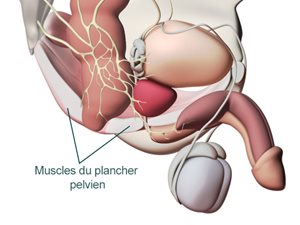 A number of blogs, websites and forums on the net are full of tutorials explaining the correct way to perform Kegel exercises. As the aim is always the same, it seems that all this diversity of methods revolves around the same practices.
A number of blogs, websites and forums on the net are full of tutorials explaining the correct way to perform Kegel exercises. As the aim is always the same, it seems that all this diversity of methods revolves around the same practices.
In general, here are the different elements to consider:
At SpecialHomme, we’re particularly interested in this method because, alongside the products and solutions already tested on this site, it represents a natural, even free, way of improving your sex life.
As a man, it’s important to adopt a pelvic gymnastics routine. This will help considerably to develop penis performance. When you suffer from premature ejaculation, the act of intercourse becomes a difficult ordeal to cope with psychologically. Kegel exercises control the pubococcygeal muscles to control ejaculation and prolong the erection.
To understand what happens during ejaculation, we advise you to consult our article on premature ejaculation.
With regular exercise, the results are real. As witnessed by this video, sexologist Catherine Solano provides a comprehensive overview of sexual gymnastics to improve sexual performance. The sexologist was a guest on Europe 1’s “Le Grand Direct” program, and clearly explains what Kegel exercises are.
In fact, she clearly points out the difference between “squeezing the buttocks” and “squeezing the perineum” when holding back urine. It’s vital for a patient to become aware of these specific muscles. Solano cites a study in which 40% of the men involved regained erectile capacity over periods ranging from 3 to 6 months. She concludes by pointing out that, although this muscle training is not necessary for men who have no worries, it would be worthwhile to practice it regularly.
Tip: Imagine that your lungs are in your pelvis: relax your perineum as you inhale and contract it as you exhale.
Important:
Always remember to empty your bladder before performing Kegel exercises. Doing these exercises when your bladder is full could weaken your pelvic muscles, making you more vulnerable to urinary tract infections.
Also, don’t do Kegel exercises while you’re urinating, except when you’re trying to locate your pelvic muscles. Interrupting the flow of urine can lead to cystitis.